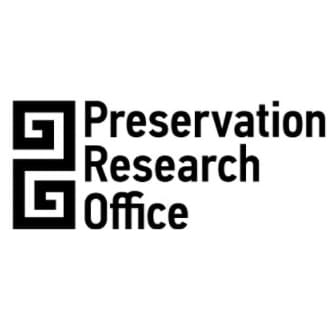
Preservation Research Office
The Preservation Research Office (PRO) is an independent, research-based heritage consultancy based in St. Louis. PRO’s projects draw people not only to better steward and appreciate historic places, but also to recognize the inherent social capital of places and buildings. PRO combines technical know-how in building and landscape preservation with innovative approaches to public policy and values-driven heritage identification. Since 2009, PRO has aided city governments, homeowners, neighborhood associations, museums, and developers in St. Louis and across the U.S.
PRO offers a full range of preservation services that can suit single buildings or entire neighborhoods. Among our larger projects have been surveys, historic district designations and public history projects in distressed neighborhoods that often have more vacant lots than buildings — but still tell important stories.
Since 2009, PRO has aided city governments, homeowners, neighborhood associations, museums and developers. Most of PRO’s work has been in our home base of St. Louis, but we have completed projects in Illinois, Iowa, Kansas, Missouri, North Dakota, Oklahoma and Pennsylvania.